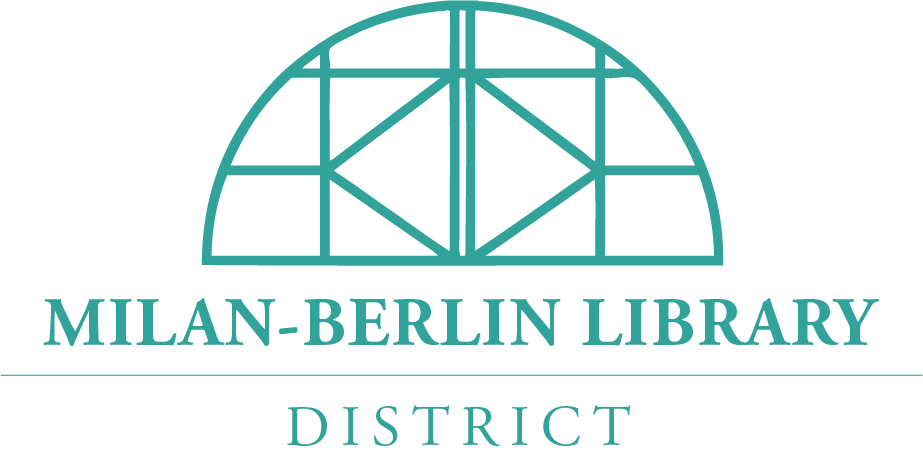Age Group:
AdultsProgram Description
Event Details
Join us as Dr. Matthew Donahue examines the way in which popular culture has been used in the world of visual arts. This tradition goes back to Pablo Picasso and Georges Braque during the cubist era, to the pop art movement of the 1960s to today’s contemporary art scene in the so called “outsider art” movement. This presentation highlights the ways in which and examples of popular culture crossing over into the arts.
Dr. Matthew Donahue is a Teaching Professor at the Department of Popular Culture at Bowling Green State University, specializing in topics related to popular culture, popular music, film, media and culture and popular culture and the arts. He has lectured on such topics regionally, nationally and internationally and has served as an authority on popular culture topics for national and international publications. In addition to his academic work, he is also a musician, artist, filmmaker and writer. As a musician, he has released sound recordings internationally working within a variety of popular music genres. As an artist, he uses popular culture as the basis of his artistic creations working in two and three-dimensional collage/mixed media, street photography and art cars and has exhibited his work at exhibitions, galleries, festivals and museums throughout the United States. He is an award-winning documentary filmmaker for such films as “The Hines Farm Blues Club”, “The Amsterdam T-Shirt Project” and “Motorhead Matters”. Additionally, he has made documentaries on the history and culture of art cars such as “Taking It to the Streets: An Art Car Experience” and “Car Power: Another Art Car Experience”. His written work consists of the award winning “I’ll Take You There: An Oral and Photographic History of the Hines Farm Blues Club” and a collection of photography related to his art cars titled “Taking It to the Streets: An Art Car Experience” as well as writings on popular music and the arts.
This program is made possible, in part, by Ohio Humanities and the National Endowment for the Humanities. Any views, findings, conclusions or recommendations expressed in this (publication/program/exhibition/website) do not necessarily represent those of Ohio Humanities or the National Endowment for the Humanities.
